Are You Choosing the Right Gear Ratio Spinning Reel?
- By: Justin Ritchey
- on
- Found In: *Tackle & Gear, Fishing Tips, Reels, Weekly Newsletter: 7-18-21
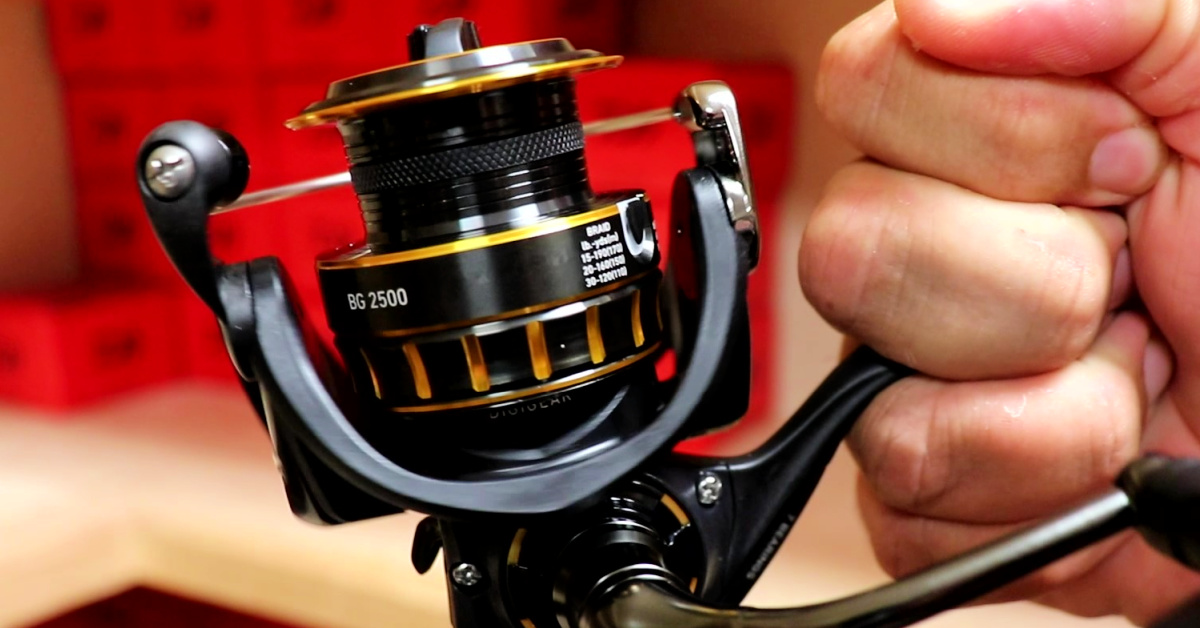
Gear ratio is one of the most important things you should focus on when choosing your next spinning reel.
But should you be factoring in “inches per turn” as well?
And which one is more important?
So in this video, you’ll learn the difference between high gear ratio versus low gear ratio and which one is right for your style of fishing.
Check it out below!
What gear ratio is right for you? [VIDEO]



Note: If the reel you want is sold out by the time you’re reading this, click the “Notify Me” button to get alerted when it’s back in stock!
What Is Gear Ratio?
Gear ratio simply means how many times the reel spool turns every time you turn the handle.
Here are some examples:
Daiwa Legalis LT 2500-XH
Gear Ratio – 6.2:1
This means that with every full turn of the handle, the rotor will rotate 6.2 times.
In general, that means more line will come back onto the reel in a shorter period of time because there are more revolutions of the rotor.
Inches Per Turn: 34.5
Daiwa BG 2500
Gear Ratio – 5.6:1
So technically this is a slower gear ratio than the Legalis with only 5.6 revolutions per turn of the handle.
But at the end of the day, a lot of anglers may forget about IPT (or inches per turn).
Inches Per Turn: 33.2
Factors To Consider When Choosing A Spinning Reel
Be sure to factor in both gear ratio and IPT when making your decision about what spinning reel is right for you.
If you want a lighter reel for throwing artificials, a higher gear ratio is probably your better choice.
And if you are using live or dead bait and need more power, the lower gear ratio would be my recommendation.
Conclusion
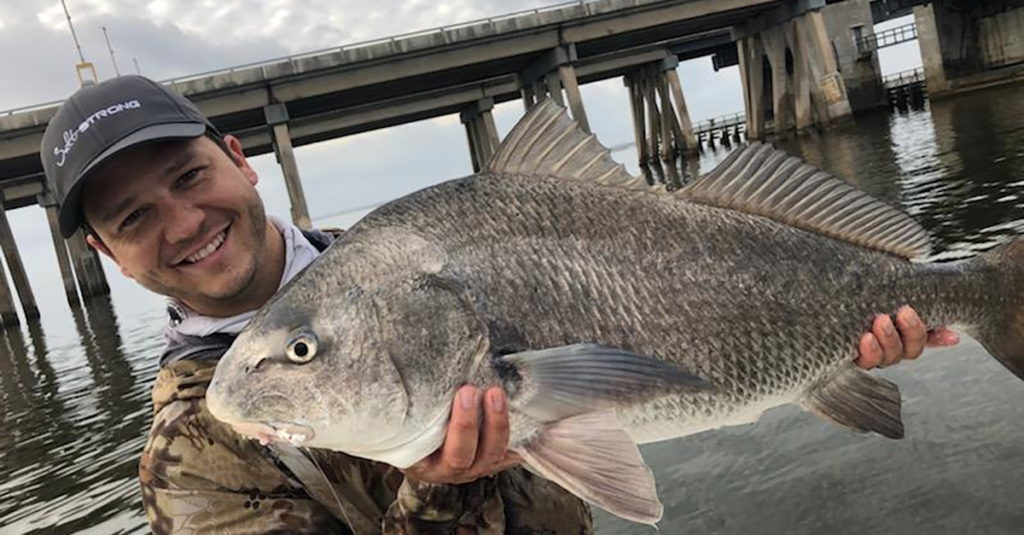
What is important to you for your style of fishing?
When the inches per turn are relatively the same and you’re really only choosing between a higher versus a lower gear ratio, make sure you are choosing based on the type of fishing you’ll be using that reel for.
You can get these reels from our shop here:


Note: If the reel you want is sold out by the time you’re reading this, click the “Notify Me” button to get alerted when it’s back in stock!
And if you want 20% off of your paddletails and jig heads, as well as all of the other gear in our shop, click here to join us in the Insider Club.
Have any questions about gear ratio or inches per turn?
Let me know down in the comments!
Related articles:
Related categories:
STOP WASTING TIME ON THE WATER!
Do what the “SMART ANGLERS” are doing and join the Insider Club.
Here’s what you’ll receive today when you join:
- Weekly fishing reports and TRENDS revealing exactly where you should fish every trip
- Weekly “spot dissection” videos that walk you through all the best spots in your area
- Exclusive fishing tips from the PROS you can’t find anywhere else
- Everything you need to start catching fish more consistently (regardless if you fish out of a boat, kayak, or land).
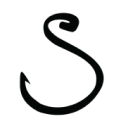



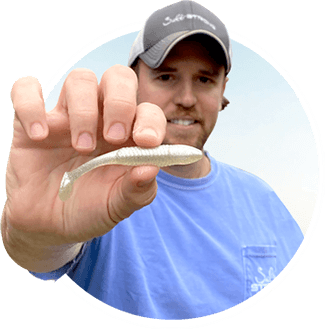
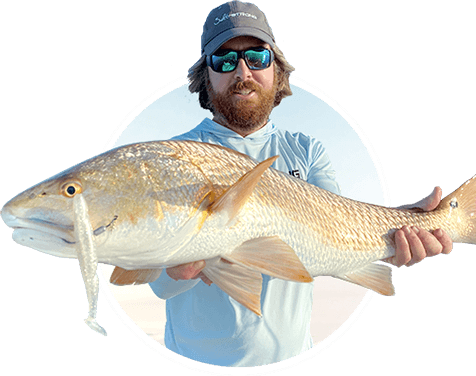
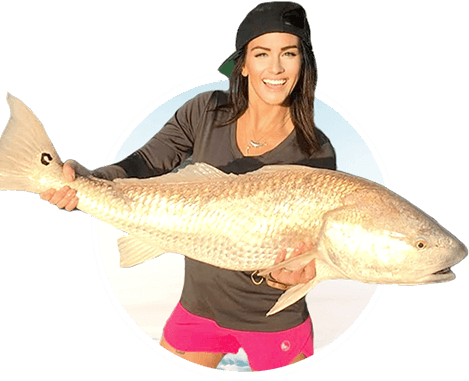
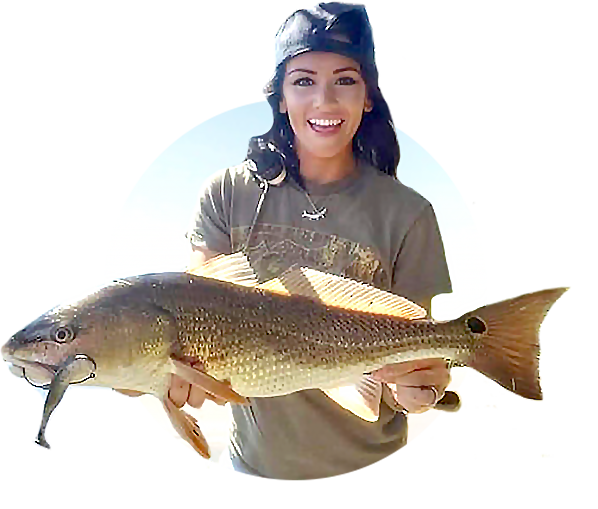
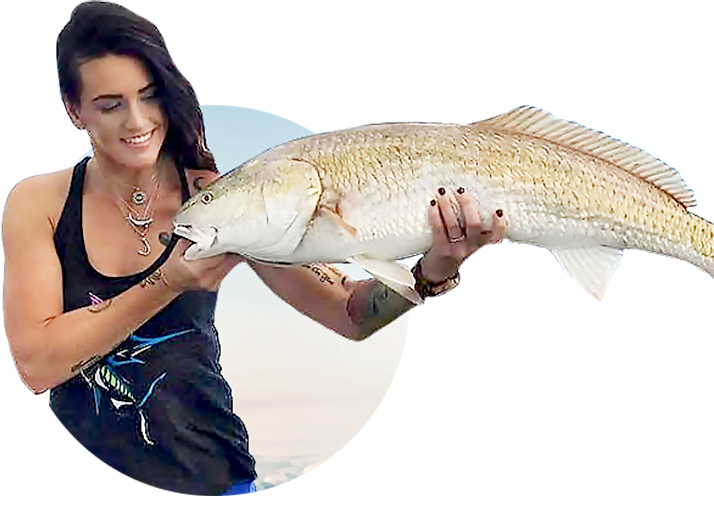
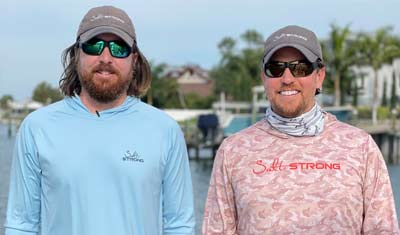
Justin, this is a great analysis. I like my BG 3000 for trolling on my kayak. The rod seat doesn’t bend, and when you hook into a nice one, and you have the pull of the fish and the momentum of the kayak to contend with. The BG povides a smoother and seemingly stronger winch to deal with all the resistence. Everyone should troll and catch more fish! I do like my Fuego 2500-xh reels and I have caught bunches of fish trolling with them too. They are light and great for casting. Nice job brother!
Justin,
Thanks for a very good explanation on gear ratio. I never totally understood what & why it was important or not so important. Actually I looked for the actual weight of the reel & balance of rod/reel. Since Im throwing it 1000 times,I wanted something light enough, yet with a good drag, so I didn’t have wrist problems at the end of the day. Great Info!
Weight is definitely an important consideration for some anglers. A reel that weighs 1.5oz is not much a variable for my style of fishing, but I can understand it being a factor for others. Glad you found the info helpful Bob!
Justin, thank you! Going to be picking up a Ballistic (when they are back in stock) and was leaning toward the 3000, but then was thinking the 2500 after looking at the side by side, but that was solely based on the gear ratio difference. Your points are extremely valid and the extra cranking power (hopefully needed on occasion!) combined with the fact that 3 feet or so per turn and .2 ounces means nothing to me daily. I’m going back to my initial gut feeling of the 3000. Thanks again!
Glad I could help, Matt!
Justin
Thanks for the explanation of gear ratio. Never really understood the difference but you did a great job. I didn’t think it was that big of a deal so I always bought by the brand and then by the size of the reel which I guess worked out OK. Thanks again
I’m right there with you, Tom. I have spent years just purchasing the Size spinning reel I want, and assuming that it will get the job done. And so far, it has! But as we dive deeper into this Sport, its important to be better informed on having the right tool for the job. Glad you found the tip helpful 🙂
Hello from New Zealand, Justin another excellent video, do a video on why we have the silly anti-reverse switch i hate them.
I completely agree, Jeff. Now there are some Freshwater Anglers in the Northern States that still utilize the anti-reverse switch in order to “back play” Freshwater Trout and Smallmouth Bass. But as a Saltwater Angler, it is not necessary as we would prefer to use the Drag of the Reel and the Backbone of the Rod to fight fish. We will definitely make a video about this in the future.
Great video, super informative.
Thanks BJ!
Might be worth mentioning that the length of line per retrieved is also affected by the amount of line on the reel and the diameter of the spool. Most likely this is already understood.
There are definitely more variables that determine the IPT for any given spinning reel. The amount of line on your reel, combined with the diameter of the spool and the width of the Rotor (distance of the line roller to the actual spool) all play a role in IPT. Very good point, Michael.
Just picked up a Certate LT 4000 D-C. Has a 5.2:1 would be nice to see you all carry it. I see you carry the other models. Would of saved me a significant amount of money had I been able to order through SaltStrong. Wanted the lower ratio for the style of jig fishing I do.
Hey Tyler! We do carry the Certate LT 5000D, which is near identical to the 4000 models—same Gear Ratio, but with More Line Capacity and More IPT (32.5″ Vs. 34.5″). I’m actually waiting for the 5000 sized model to return myself, since that will be the ideal lightweight Jigging set-up for Pelagics in Southeast Florida (Blackfin Tuna, AJs, Kingfish, etc.).
Yeah I looked at the 5k but for the Point Blank rod I built the 2oz difference is noticeable. And the line capacity was only 30 yards more. The one Pro is that it comes with a factory power knob. I ordered a Daiwa RCS Japanese knob for my 4K. But when the 5k comes in stock my friend might order one for a 9′ snook rod we plan on building.
Some complications.
Higher gears means higher internal stresses. Not a problem with a Van Staal or Penn Torque. What is key, lifting your terminal tackle as you drift over wrecks or reefs. Three foot a turn is always good. Knowing is the key. Drifting through will catch most and loose most. Overgeared, try a bigger handle. Ball bearing handle upgrade possibly necessary. I treat spinning reels as disposable. Good luck finding spares.
Casting or not? Live line or not? Line choice? How hard do you want to pull? Some modern fixed spools can pull prodigiously hard. Working drag at maybe 30 to 40 lbs. Systems for harness are available. I am building full roller rods these days, “Neptune” roller guides. I grind awkward stuff up from the bottom. That means the same drag settings as a Penn 113 USA Special. 27 lbs. If you don’t need two / three speeds and 1,000 yards of 80lb, why not. A 6500 with 450yds of 60lb hollow suits me.
Best Rgds.
Malcolm Hayward.
Thanks Malcolm. I think it’s all about matching the Right Tool for the Job. I.E: I would rather use a larger, Daiwa BG MQ 8000 or 10000 when fishing for larger fish like Tarpon and Amberjack, instead of using a BG 4000 because the gear size is significantly smaller.
FINALLY! I understand the difference so I can select the proper real. Thank you so much for the explanation. The last part of the equation for quality are the bearings. What’s better? More or less bearings? Or does it even matter?
You got it, Rob! And as for bearings, I would rather fish a Spinning Reel with 6 Ball Bearings that are “Sealed” instead of 10 Ball Bearings that are “Shielded”. Big difference between the two. The majority of the time companies use Shielded Ball Bearings, which are fine, that just means they need to ensure proper physical (or in the case of MagSeal) or chemical sealing to prevent water from compromising the bearings. A Sealed Bearing, like a Daiwa CRBB (noted on the box of any product or on the Manufacture Website) will outlast a traditional Shielded Ball Bearing. So in summary, it’s not so much How Many bearings you have, but What Kind they are, and Where they are located on the Reel.